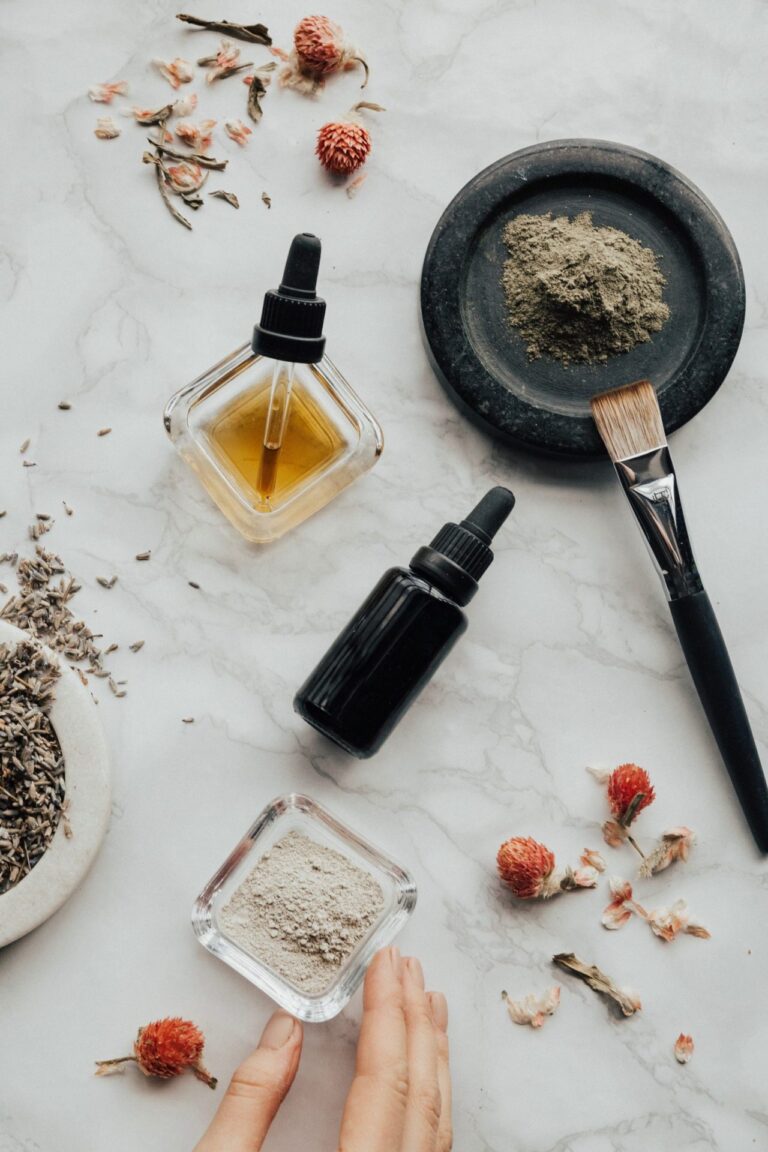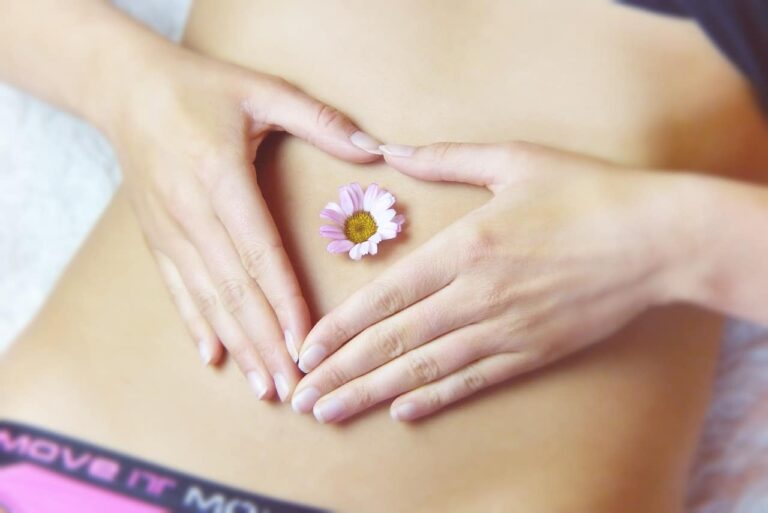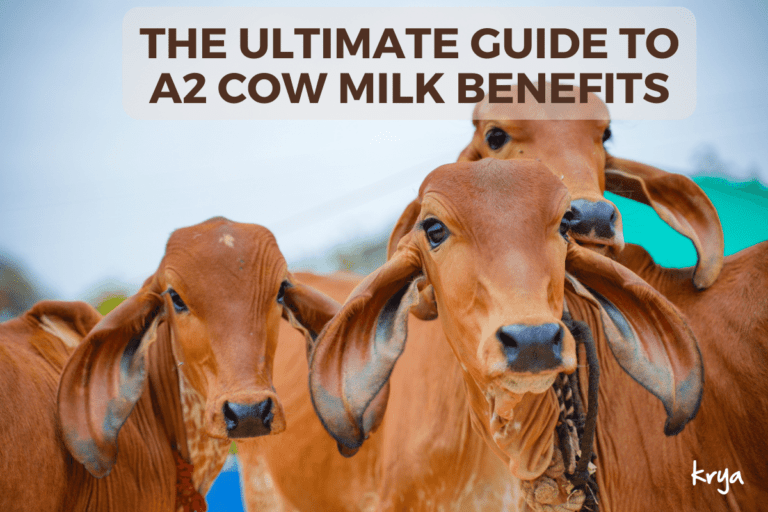
It is mid-September and we are at the cusp of another season, Sharad Ritu. For every season we release Ritucharya guidelines as a part of our overall work on health and wellness. Why is it important to follow Ritucharya? Ayurveda…

Today we are going to do a deep dive into the Ayurvedic properties and benefits of soapberries, a herb we use extensively at Krya. We have written extensively about how the Soapberry is an excellent plant-based surfactant. Many cleaning applications…

How can I deep clean my home naturally? Is there a natural floor cleaner that is safe for babies? Can you help me sanitise my floors with just vinegar and baking soda? Is this enough in this current time of…

Why is it important to understand the Origins of Ayurveda? Krya has been working with ayurvedic herbs and formulations for over 5 years now. Yet in all this time , we have not contemplated any series on Ayurveda or discussed…

The fair skin obsession in India is wide ranging, and alarming. One of the 2 most searched for skin care products on the Krya website is a skin lightening product for babies and a fairness product for women. Despite our…

At Krya, we LOVE Face Masks / Lepas. We love the way they make us and our costumers feel. We love how quickly and beautifully they work on skin – (some Krya customers swear by the “instant plumping and glow”…

An Abhyanga is a valuable Dinacharya which helps regulate dosha balance and overall health in everyone. It is particularly valuable for Women and is an excellent scientific tool that helps regulate reproductive health. A regular abhyanga can help make the menstrual period regular with minimal cramping, bloating and discomfort. Why is this so? In this post we will look at the various benefits that a regular abhyanga has on reproductive health.

Cow’s milk is an important food in Ayurveda. Regular intake is said to improve ojas, tejas, build good dhatu and positively impacts physical and mental health and nutrient availability in the body. However today we get many varieties of cow’s milk. Are these all the same? What are the a2 cow milk benefits for us? In this article we analyze milks from an ayurvedic perspective . What Milk is widely available in India today? The predominant, widely available milk in India is processed, homogenized, pasteurized milk sourced from large cooperatives and conglomerates. They follow a collection + aggregation model. Here Milk is sourced from small dairy farmers with any breed of cow or buffalo, mixed together, homogenized to follow government standards of fat percentage and then sold as toned milk, full fat milk, etc. Which in turn use a mixture of own milk and aggregated milk. This is the case for all major cooperative dairy conglomerates across India. Problems with Commercial Mixed / A1 Milk type • Milk is sourced from different kinds of daily cattle and mixed together: so we have desi (A2), foreign (jersey – A1), hybrid (desi+jersey), buffalo, and sometimes goats milk being mixed together. The properties of each of these are different and will have a different effect on the body. Depending upon the mixture we get, the body may accept it better or it may not. • As Dairy farmers are rewarded for fat percentage of Milk (higher cost paid for higher milk fat), they are incentivized to replace lean indigenous breeds with foreign breeds which are naturally high in fat. Again to conserve milk fat, they restrict the animal’s movement and can feed the Animal high fat and unsuitable diet in order to extract high fat milk. • Unnatural, cruel dairy farming practices: To extract maximum yield from […]

A common question we get asked at Krya is about healthy eating timings & habits to follow and meal choices at each time. Today, the media is charged with advice on nutrition and the importance of developing healthy eating habits. Often, these so-called studies also become quite contradictory, and we naturally start looking for some genuine and time tested guidance on on ahara (food) and ahara niyama (dietary practices to observe). A key part of ahara niyama (or healthy eating habits) in Ayurveda is to identify the proper/healthy time to eat. This influences our capacity to digest food and extract nutrients from the food. In fact, choosing the correct time to eat each meal has the same effect on our health as choosing what to eat. In other words, we should spend the same amount of time planning when to eat as planning what to eat. In this post, we are going to see why Ayurveda pays so much attention to meal timing and how this is a key part of developing healthy eating habits. Planning healthy eating schedule: Different doshas influence different dayparts Ayurveda tells us that each day is divided into 4-hour dayparts. Each of these dayparts is connected to the slow rise, peaking, and then falling of a particular dosha in our body. The strength of the surge in the dosha depends upon the movement of the Sun. For example, if there is sunshine during the kapha period, the effect of kapha will be slightly reduced. Similarly, if there is good sunshine, say during a pitta part of the day, pitta will be much more aggravated due to the influence of the Sun. In order to take advantage of these natural surges in a particular dosha, we are advised to do certain activities during certain parts of […]

At Krya, we are often asked to describe in detail what the ayurvedic baby care practices are to be followed at home. We are also asked what the science / rationale behind some of these practices are. This is specially asked because in today’s day and age, many traditional baby care practices are being rejected by attending Pediatricians for many reasons. The foremost reason being there is a simple lack of awareness as to why these practices were instituted and the benefits behind the herbs, metals and dravyas which are used in Ayurvedic baby care. Indian traditional medicine is highly advanced in its thought process and concepts suggested in many fields. However, due to oral transmission of texts, repeated invasions and the strong promotion of a Westernised concept of Education, we have lost both the language needed to interpret these texts (Sanskrit) and a large portion of the texts themselves. Even what is remaining to us, (a fraction of a fraction of a fraction) if followed even to a small extent, can greatly improve the health, well being and outlook of both the baby and the post partum Mother. To speak about these practices will require more than 1 post. We will start in this post by talking about a few practices, and then build it from there. Mother & baby in seclusion: ayurvedic baby care practices to improve health and reduce infections Ayurveda frowns upon the frequent disturbance of the new Mother & baby. Both of them are said to be recovering from a great ordeal. In the case of the mother, due to the nature of pregnancy and child birth, she is greatly weakened. As the baby is extremely young and organ systems are still not fully developed, immunity is low. As the baby depends upon the Mother […]

Do you or your child suffer from Atopic dermatitis or dry, itchy, easily irritated skin? Have you been asked to use a special medicated soap or a lotion to help control the skin itchiness? Are you looking for natural remedies and safe skin care alternatives to manage this condition better? Read on for more information on Atopic dermatitis, the extent of the problem, possible causes and triggers and Ayurvedic advice on this condition. What is Atopic dermatitis? Atopic dermatitis is a chronic condition where the skin is dry, itchy , sometimes reddish and irritable for a long period of time. The condition can keep flaring up and trigger in the skin. The rash can sometimes inflame and then ooze clear fluid. If the skin is severely dry and cracked, it may also bleed. Atopic dermatitis is not considered contagious. However western medical science is unable to pinpoint an exact cause / trigger. It is considered a genetically inherited condition. It is also linked to other allergic conditions like asthma, wheezing, allergic rhinitis. This condition also tends to flare up in the presence of environmental allergens like cosmetics, laundry products, perfumes, make up, pollen, dander, cold & dry weather, stress, etc. It can also flare up with high sweating, high stress and high physical exercise. Western medicine suggests that atopic dermatitis cannot be completely cured. The skin can be managed with the aid of corticosteroid based topical application products. It usually manifests before 5 years in 90% of Adult sufferers. How common is Atopic dermatitis in India? The Indian journal of Dermatology estimates that Atopic dermatitis currently affects nearly 15% of the population in India and has been increasingly rising with time (earlier estimates pegged it at 5% of the population). Studies from developed countries indicate that treatment and management of […]
What is Vata dosha? Why is this dosha of such importance in Ayurveda? What happens when this Dosha aggravates the body? And most importantly, what must we do to balance vata dosha in the body? In this blog post, we…












